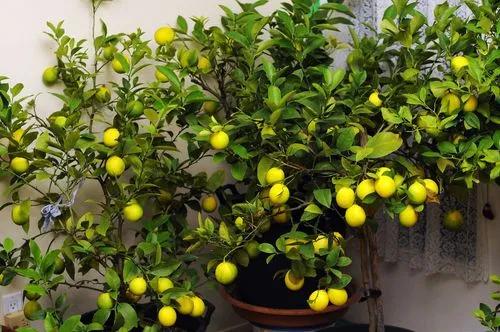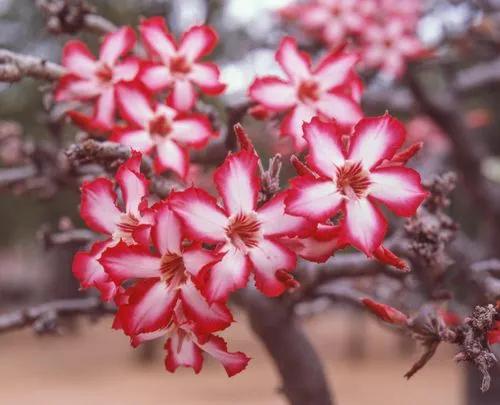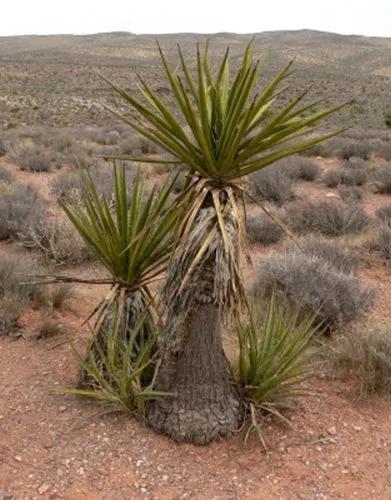Piscidia piscipula, formerly also called Piscidia erythrina and commonly named Florida fishpoison tree, Jamaican dogwood, or fishfuddle, is a medium-sized, deciduous, tropical tree endemic to the wider Caribbean region including extreme southern Florida (primarily the Florida Keys) and the Bahamas, many of the Antillean islands and the coastal region from Panama northward to the vicinity of Ocampo, Tamaulipas, Mexico.
Native Americans of the West Indies discovered extracts from the tree could sedate fish, allowing them to be caught by hand. This practice led to the tree's common names—fishpoison and fishfuddle. The tree has medicinal value as an analgesic and sedative.
The Florida fishpoison tree grows in coastal zones. It prefers well-drained, sandy soils, with a top layer of humus. The tree has some tolerance to short-term storm surges of brackish water or seawater. Although it grows in coastal conditions, the tree is usually protected from direct salt spray by adjoining vegetation.
The Florida fishpoison tree attains medium size with heights of 12 to 15 m and bole diameters of 46 to 118 cm. An irregular, open crown develops with stout, erect branches.
Its deciduous leaves (9 to 23 cm long) are alternate and pinnately compound. Five to 11 leaflets (each 4 to 8 cm long) are present in an opposite arrangement. Leaflets are dark green above and distinctly paler grayish-green below with pubescence.
Its white flowers are tinged with red or pink. They appear in pea-like clusters in May and are attractive to bees. Trees potentially bloom when about 4 m tall and 4 years old. Flowers develop into a light brown, bean-like pod (8 to 10 cm long) with four papery wings. Ripening in July and August, the pods contain red-brown seeds with oval shapes.
Stem bark is thin and olive gray in color with irregular dark patches and many smaller scales. The bark has an unpleasant odor and a distinctly acrid and bitter taste, causing a burning sensation in the mouth.










